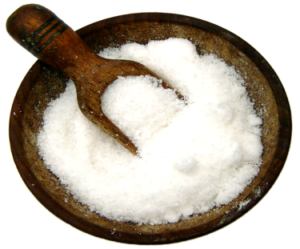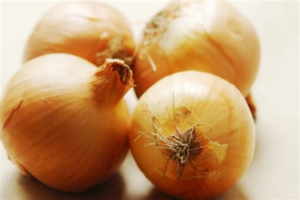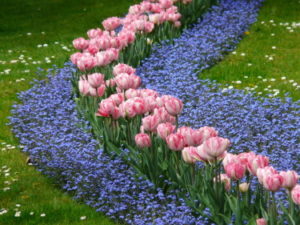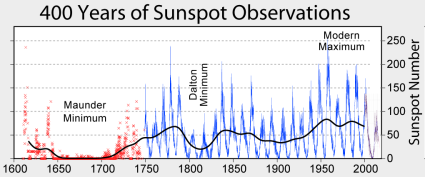
Solar Minimum things that have a direct affect on your garden
The world is going through some severe climate changes. These changes have started to affect the entire world, but there are some regions that are being affected the most and quite severely. From blistering fires of the Amazon and Australian forests to the coldest spell in half of the world, especially in the mountainous regions, the climate has been showing extremism in every season.
Now, when the winters were about to start, a new spell began to spread the Midwest, which has affected it pretty severely. What was the cause of it?
Have you ever heard about the solar minimum?
In this article, we will be giving you some insight into the solar minimum, how it affects the climate, and what could be done to minimize it affects?
Table of Contents
What is Grand Solar Minimum?
We all think that the Sun does not change, and it appears to be the same. It is doing its duty very efficiently day in and day out, every passing month, year after year. The astronomers have proven it wrong. THE SUN DOES CHANGE.
There are some dark spots on the Sun, which are known as Sunspots. These sunspots tend to diminish during a cycle known as Solar Minimum. During this cycle when the sunspots diminish, the solar flare activity tends to contract. The sunspots fade away for a period of 11 years. During this period, the Sun takes a break, and it brings calm on its activities.
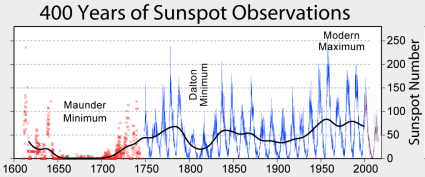

https://commons.wikimedia.org/wiki/File:Sunspot_Numbers.png
This change is a part of the sunspot cycle. There is nothing to worry about. It comes, stays for 11 years, and then goes by. You must be wondering what the Sun would do during this “break.”
It’s not that the Sun stops working during solar minimum. The Sun works just the way it usually does; it’s the form of the solar activity which changes during this period.
During the solar minim, there is a decrease in a solar activity where it does not occur for days in a go. Solar minimum is the reason behind the extreme climate changes in the world.
What is the Length of the Solar Cycle?
On an average, the length of the solar cycle is of 11 years, but it can vary between 9 years to 14 years. There are theories that the solar cycle is based on two types i.e., long and short periods. The short period is around 10 years, and the long period is of 12 years approximately. Hence, the 11 years cycle is the average of these two types.
How does Solar Minimum affect Gardens?
Solar minimum is about the decrease in sunspots. The Sun minimizes its solar activity; hence there are lesser sunspots and solar flares during solar minimum. This happens as a result of very high activity over the years, and then the Sun ramps down a bit. As a result, the temperature cools down.
Plants need sunlight so that they can grow properly. Sunlight plays a significant role in the process known as Photosynthesis. Sunlight is the source of energy which enables the plants to create sugar from carbon dioxide and water.
Solar minimum affects the gardens adversely. Imagine how plants can grow when there is no sunlight and only rain or snow? With lesser sunspots on the Sun during solar minimum, the weather of the Earth tends to be more cooling. Either it stays cloudy, or it keeps raining. Or it will not maintain the required temperature. The temperature remains lower than usual. Rain is essential for our plants and crops, but an excess of everything is critical.
The plants and crops require an equal amount of sunlight and water to grow properly. Floods and snow will cause them to stunt the growing process or even die. Excess water and no sunlight will result in damaging the crops and plants.
What else will be destroyed?
Vegetables and fruits will be ruined
There will be no flowers in our gardens
The insects and worms will not be able to survive without plants
The roots of the trees and plants will get weakened due to the excess amount of water
Farmers have to wait for the right weather to plant their crops resulting in a shortage of food.
Gardens need a balanced amount of sunlight and water to stay lush, fuller, and greener.
What is extreme gardening?
With the on-going climate changes, people are experiencing extreme weather. It’s either a heatwave or a severe cold spell. These radical climate changes have been affecting the gardens and greenery a great deal. People are facing challenges in dealing with excess water while taking care of their gardens.
People tend to grow and maintain their gardens in extreme weather. Many people are switching to extreme gardening to keep their gardens during this grand solar minimum. It has been designed to provide the best of nutrients to the plants during severe weather so that they can survive and keep the environment healthier. Also, with the help of extreme gardening, there will be a lesser risk of a shortage of food.
How to prepare for Solar Minimum?
We should prepare ourselves for extreme weather so that it does not affect us or our environment adversely. Preparing for the worst has always been suggested, and this is what we are going to recommend as well.
Solar minimum causes massive loss of crops and vegetables. Farmers are unable to plant crops because of cold temperatures and extreme conditions. What should be done to prepare for the worst circumstances?
Hoard the warm-season crops
Hoarding isn’t right, but to prepare for the extreme conditions, you need to hoard the warm-season plants which you can easily. You can freeze the perishable ones and store the dry ones like wheat, corn, and rice. That way, you will be able to control the shortage of food during the solar minimum.
Plant cool-season crops
There are plenty of crops that can be planted during the cold season. Broccoli Kale, spinach, carrot’s, beets, cauliflower, radishes, potatoes and it goes on. It’s better to plant those and utilize them instead of waiting for the warm temperature to start planting the warm-season crops.
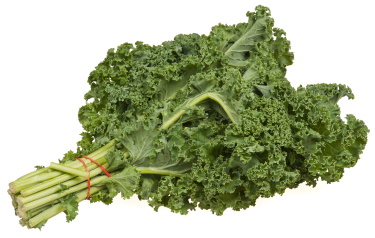

Grow kitchen gardens or greenhouses Kitchen gardens and greenhouses are an excellent option for harsh winters. You can plant your own vegetables in a shed where you can control the temperature and weather conditions for the plants.
Growing food in colder climates
It may sound challenging to grow food in colder climates, but it is not impossible. You have to select the right crops, vegetables, and fruits that you can grow in colder conditions. There are some points which need to be kept in mind while growing food in cold climates:
Plant at the right time so that they can mature properly
The crops which tend to grow slowly should be planted earlier
Get a lunar planting calendar to schedule your planting and harvest dates
Cover your crops when the temperature starts to drop
Use straw to keep your soil from hardening; it tends to hold water
Greenhouses help in providing protection to your crops from extreme weather.
Tips for growing cool-season vegetables
Growing vegetables in winters might feel like a task, but if planned correctly, it can be done effortlessly. It requires proper planning and supervision to grow healthy vegetables in winters without risking them due to the harsh conditions. If you think the soil you have is effective, then you should not give it a second thought and get started with planting. A few tips have been listed below to make it easier for you to grow vegetables in colder conditions.
You can plant pre-grown seedlings in recycled containers. It will save you time, and your vegetables will be ready in time.
Select your vegetables wisely. There are vegetables like turnips, lettuce, and germinate, which proliferate. It’s better to plant them first, so you have time to plant some warm-season crops. You can start planting in fall as well so that your vegetables are ready by the time its winter.
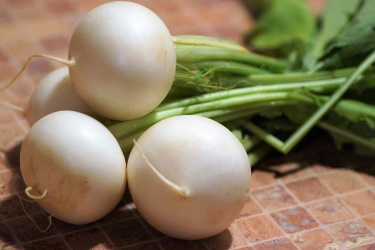

turnips
Plants in higher locations are affected by cold winds, so it’s better to cover your plants with polyethylene.
Locate your plants under shelter so that they stay safe during hailstorms and snowstorms.
How much time do cool-season crops take to grow?
The length of time for harvesting the crops highly depends on the weather conditions and the type of vegetables that you are planting. Some vegetables are known as short-season crops because they grow in a couple of weeks’ time, while others can take more than that to grow.
Most of the cool-season crops take around 40 to 70 days to mature and can be harvested. Some of them take less than one month to grow and are ready within a month to be harvested. It varies from vegetable to vegetable on how much time they take to mature.
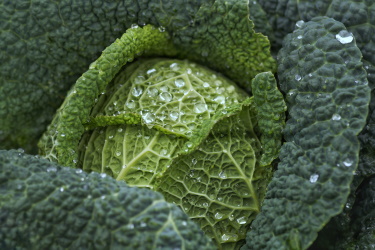

All in All
Gardening and harvesting are a technical thing to do, and it does get difficult while there are extreme weather conditions persisting. Correct measures should be taken in order to make your crops survive through extreme weather. With the right amount of planning and effort, we can overcome the fear of a shortage of food during solar minimum.

